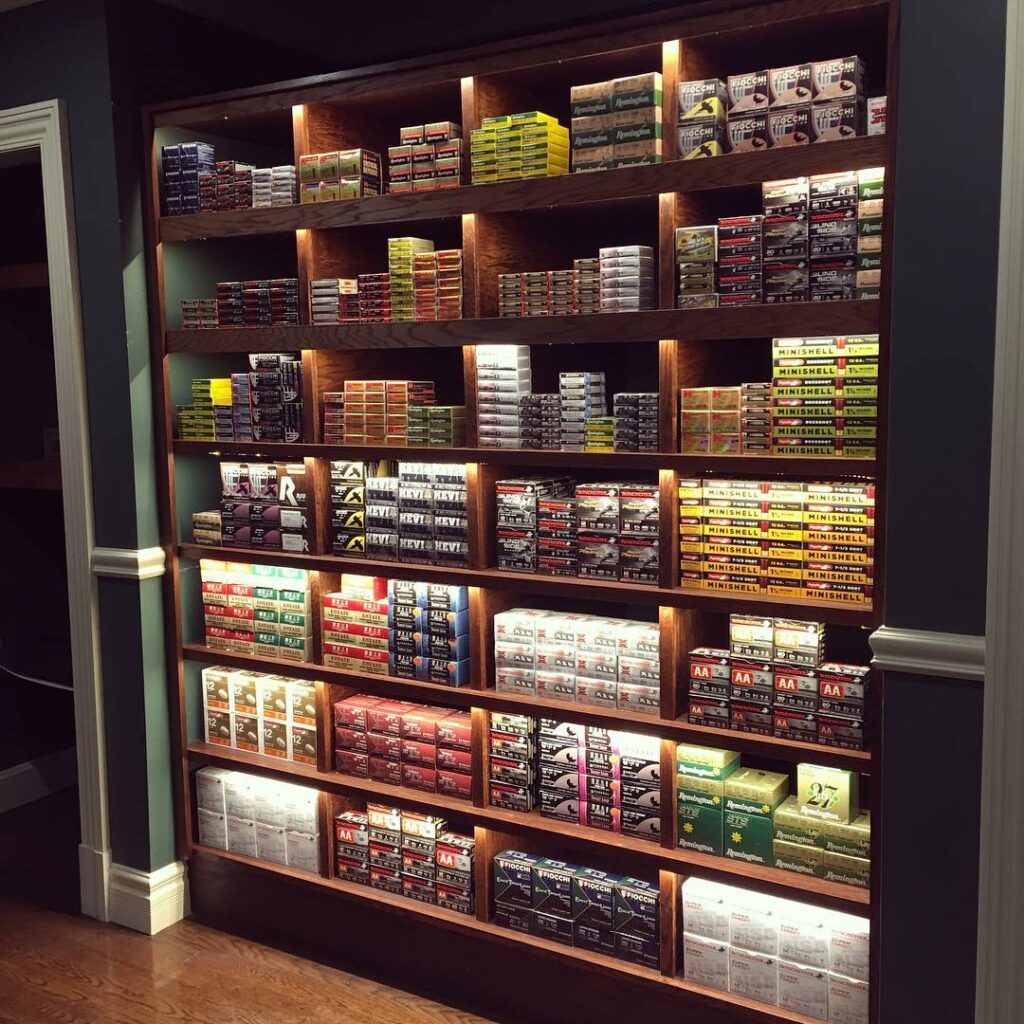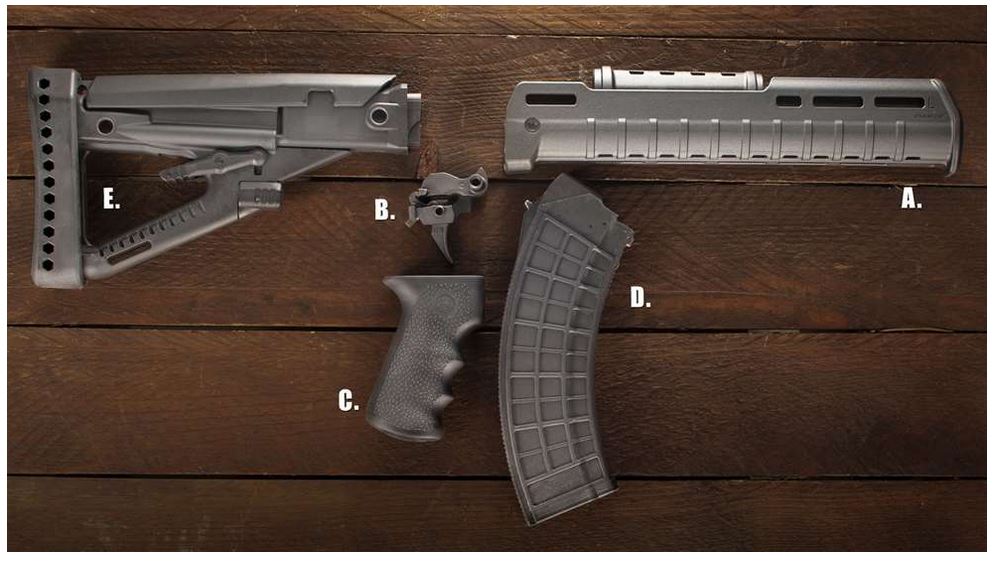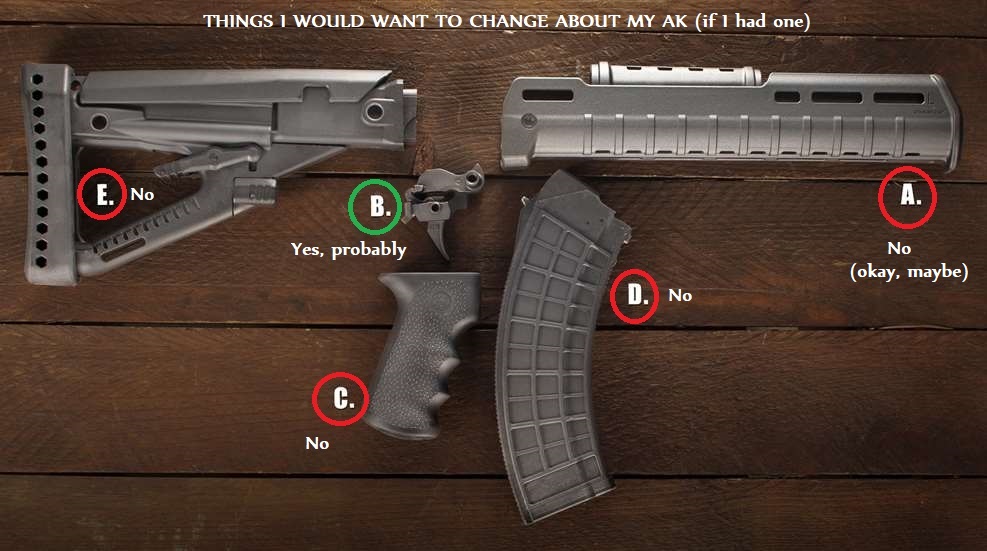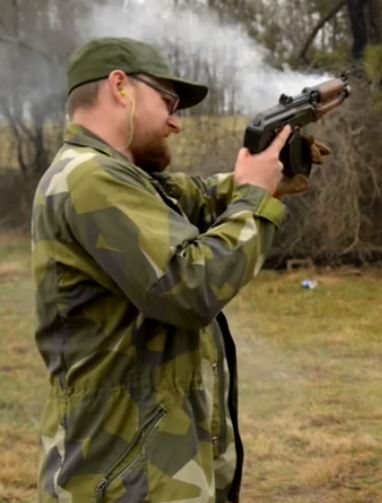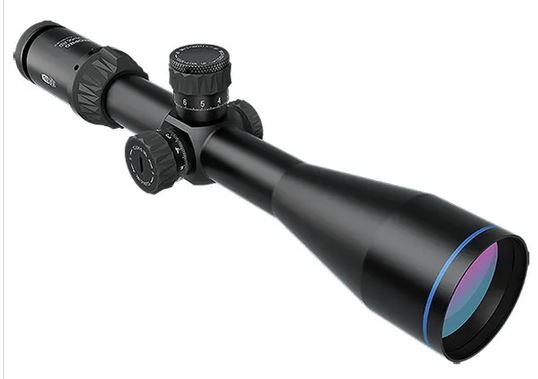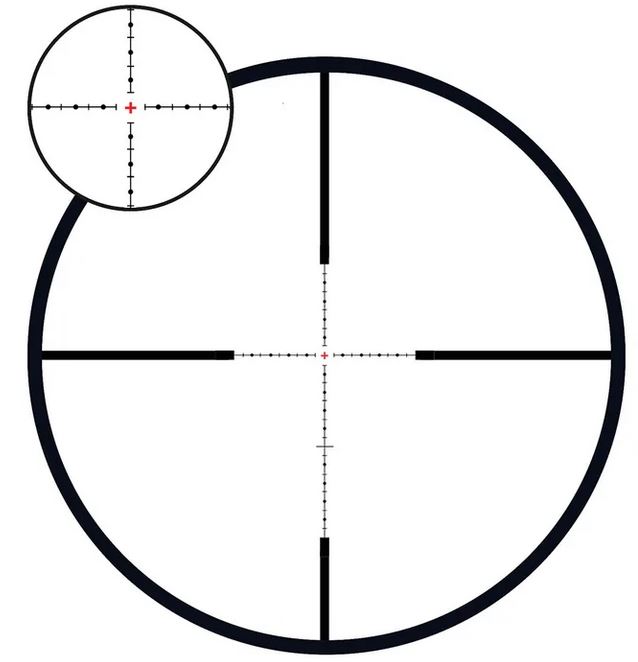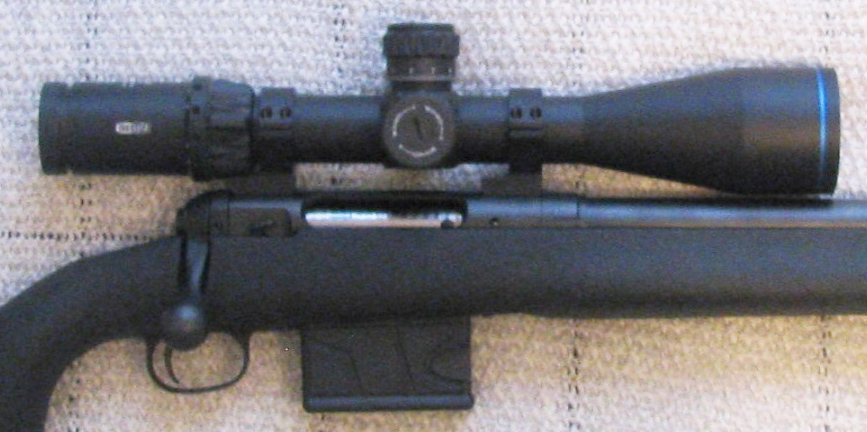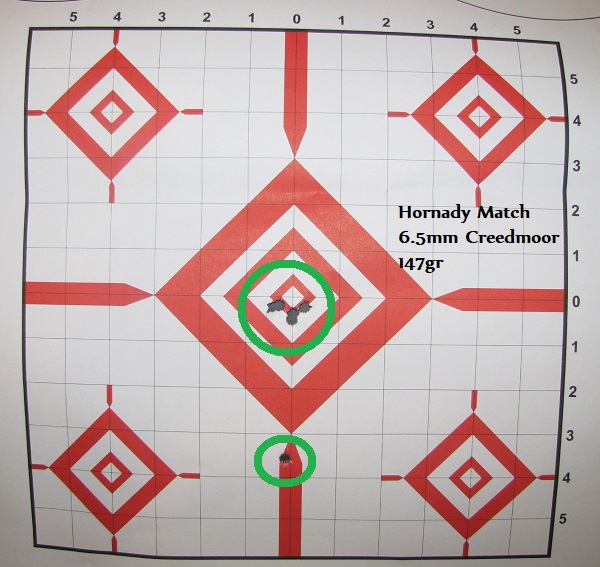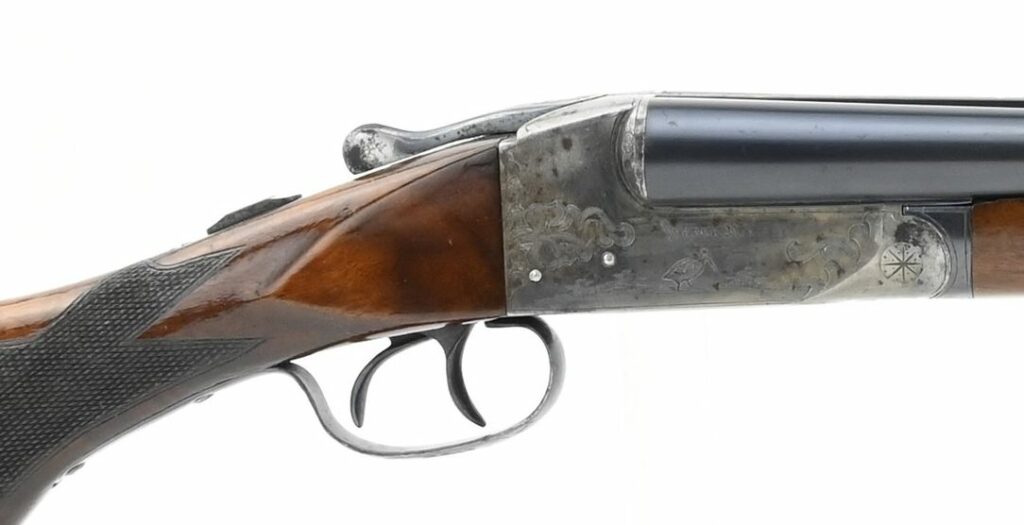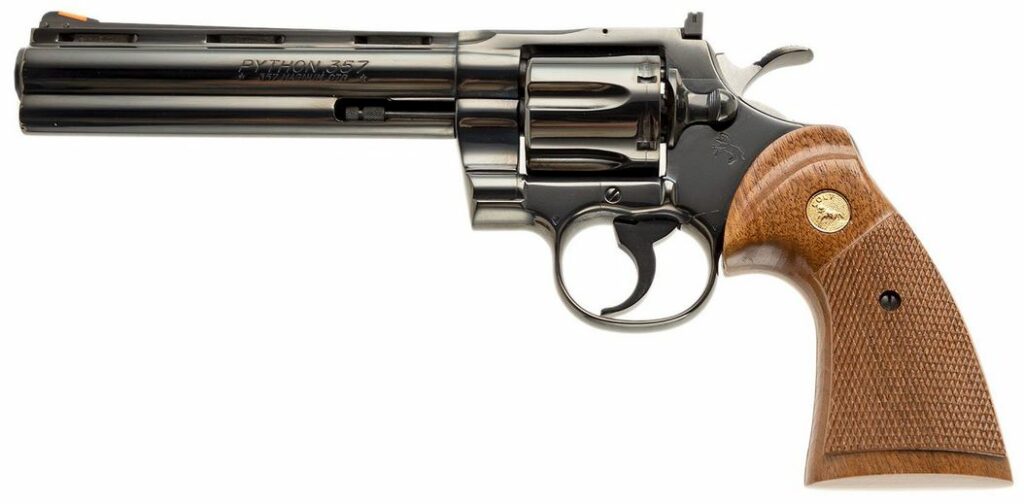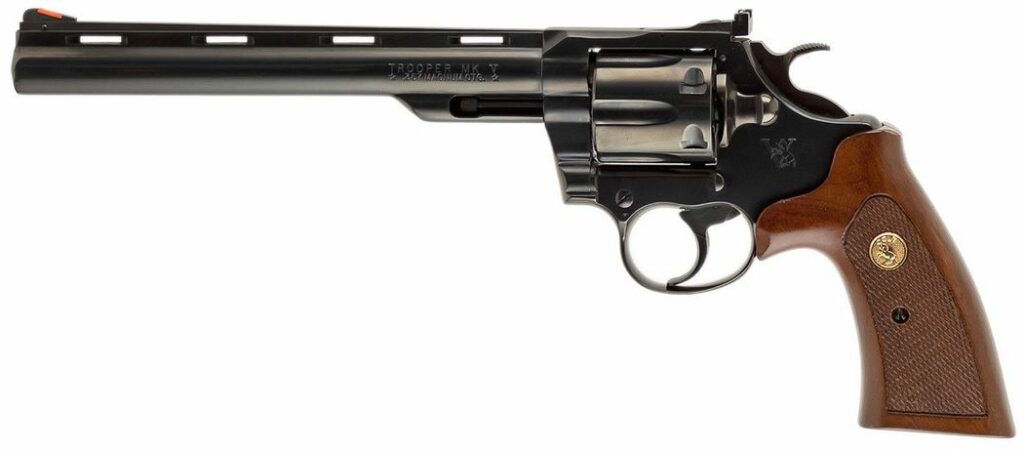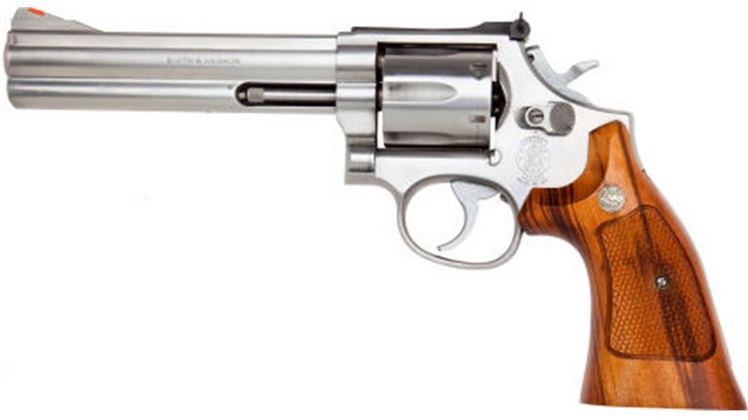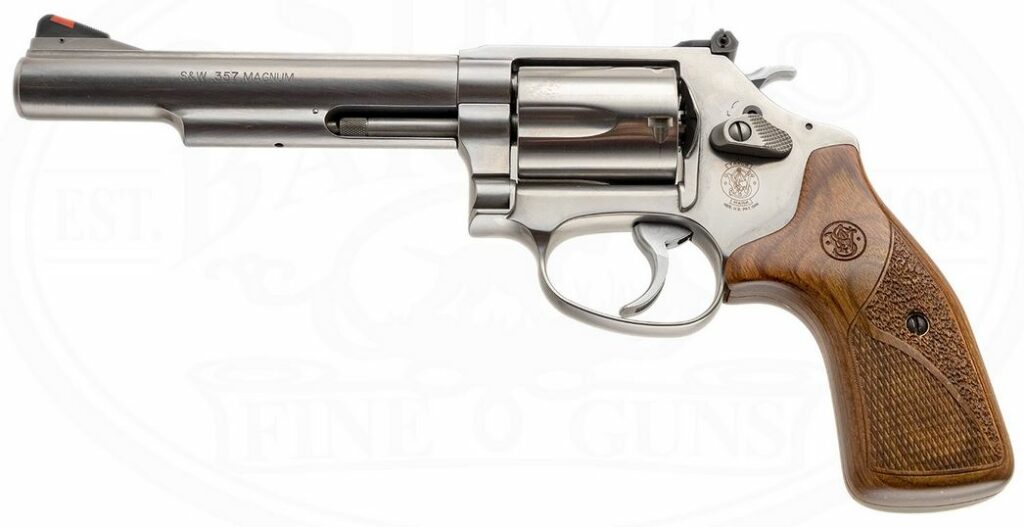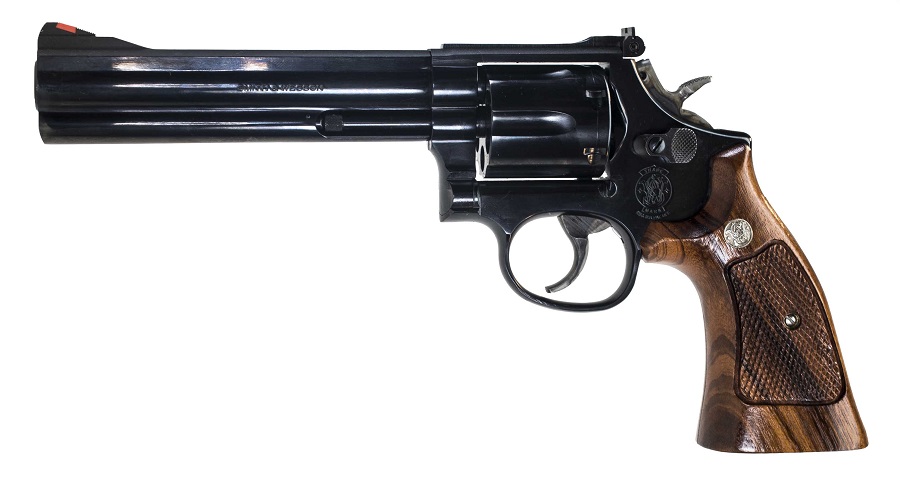Today I’m going to talk about ammo — specifically, looking at ammo purchases realistically, and tailoring your ammo buys to fit your needs. (Do not fall out of your chair; yes, this is Kim and I haven’t been kidnapped.) Let’s look at the thing via ammo type and likely need.
Rimfire: As all my Readers should know by now, I consider the .22 to be a household commodity. Everyone should have at least one (pistol and rifle), and ammo supplies should be gauged in terms of how much you’re likely to use over the next couple of years as a baseline. If you think about .22 ammo as salt, you’ll see what I mean. Pretty much everyone has at least 2lbs of salt in their pantry — even though your use thereof is measured in sprinkles — and realistically, that’s probably well over a year’s supply. Ditto .22 ammo. I’d consider 10 bricks (5,000 rounds) to be the absolute minimum you should have on hand. You may not go plinking that often, but when you do, you’re going to dump at least a brick in a single session — I know I do — and the most embarrassing situation I can imagine is turning to your fellow-plinker and saying, “I’m sorry but I’ve run out of ammo; we should probably go home now” when there’s at least a couple hours of daylight left. (I get chills of shortage fear just thinking about it.) The terms “running out” and “.22 ammo” should never occur together in a sentence.
Subset: .22 Mag — I happen to love this (far too) expensive rimfire ammo, but I will confess that I only shoot enough to keep my eye in. I have a couple-three thousand rounds on hand, just in the event I’m invited to go groundhog shooting in the woods, or something.
Hunting: This can cover all kinds of hunting, and all sorts of cartridges. What this means is that you don’t have to have 10,000 rounds of .30-30 or .30-06 on hand (unless you’re a handloader, in which case go nuts, with my blessing). Let’s be honest for a moment, and suggest that you’re not going to go hunting every other day for a year with your Marlin lever rifle or Remington 700. So how much ammo is “enough”? Here I think that five years’ worth of ammo — call it 10 boxes (200 rounds) — is a decent minimum: your baseline, as it were. I have about four hunting rifles in different chamberings, and I think I have just over 300 rounds for each one. Frankly, that’s not going to be exhausted anytime soon.

Subset: “Hobby” rifles (in my case, mil-surps, but for others, it may be bench / competition rifles). Mil-surps don’t require a massive stockpile because you don’t shoot them that often. I think I have about 200 rounds each of the various chamberings I own, and I think that’s sufficient given how seldom I shoot them.
Competition rifles are another story. Not only do you need lots of ammo, but you’ll be tinkering with loads, bullet type and what have you. Be they bench rifles, cowboy action or 3-gun sets, you’re going to need a ton of ammo — at least enough to cover a couple years’ worth of competition at your current rate of involvement. Figure 300 rounds of 5.56 for your AR-15, times (say) twenty competitions per year, times two… I think you get my point. Twenty-five or even fifty thousand rounds in your ammo locker is not an excessive stash — if one can call any ammo stash “excessive” (I don’t).
Shotgunning (clays or birds) is another activity that requires an awful lot of ammo if one competes or hunts extensively. (Mr. Free Market has been known to buy shotgun ammo by the pallet before the bird season begins Over There, because his trigger pull count is prodigious. When he goes on safari in Africa, however, he seldom takes — or needs — more than a couple boxes of .375 H&H.)
SHTF: This is the thorniest question of all: how much AR, AK or FN ammo (5.56x45mm, 7.62x39mm Commie or 7.62x51mm NATO) is “enough”? Forget all that Red Dawn and “zombie invasion” bullshit. What we’re talking about is a time when law and order breaks down or disappears completely, and you’re forced to be completely self-reliant in terms of self- and home defense. Worst of all, in such a situation, is that you have no idea of its likely duration — a week? a month? a year? I’ll be completely honest: I have about 5,000 rounds of “39” on hand, even though I know that I’m never likely to need anything like that much in the above scenario. But I’ll also admit that I’d be much more comfortable with 20,000 rounds (or even more), if for no other reason than that I don’t trust our beloved government not to attempt to ban “military” calibers (as various governments have done all over the world since the early 1900s). Which is why I continue to add to that amount, buying more when I have the funds, and being a little less profligate at my range sessions. (It sucks, but as I’ve repeatedly said, I’m being realistic.)

I’m really helped by the fact that I bought a ton of ammo during the Good Times (early GWB years) when ammo was both cheap and readily available, which is why I don’t have to worry too much now. I’ve pretty much settled into a “shoot 100, buy 150” pattern, unless one of the ammo outlets has a really good deal going.
To no small degree, the cost of ammo today has made it really difficult to amass a decent sufficiency — I’d hate to be a young man starting out from zero — which is why I’m building things up. We should all be doing it For The Children© (in my case the Son&Heir) so that it won’t be too difficult for them.
Some may argue that the numbers I’ve listed (using the “likely need” and “historical use” criteria to set those levels) are completely inadequate, and that’s fine. What I don’t want to do is shame anyone for having less, or make them feel overwhelmed by the amount of ammo needed for that adequate sufficiency. But you know, nothing makes you feel more secure than a full ammo locker…
